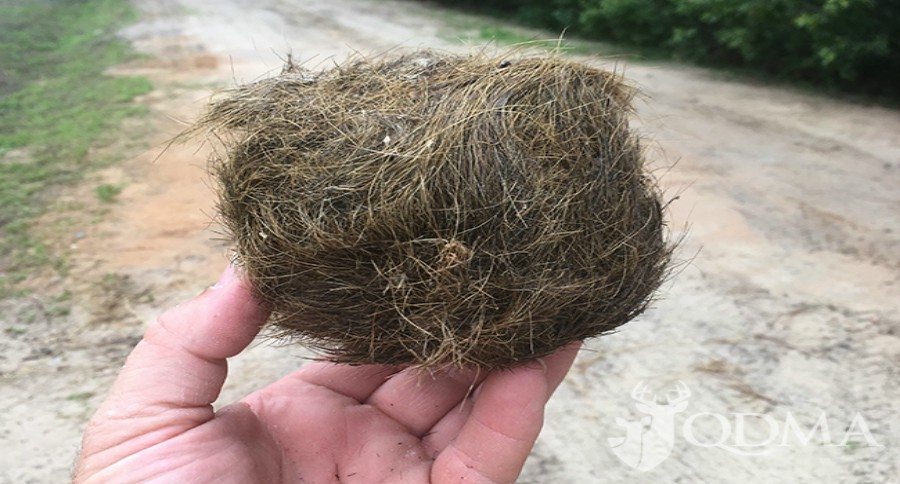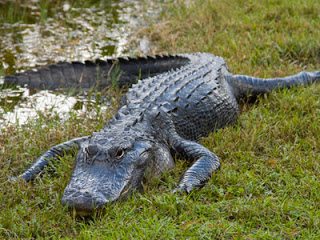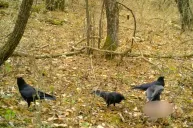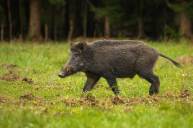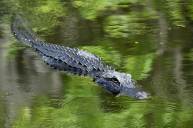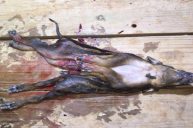Wildlife biologist in Georgia finds an interesting piece, and later cracks the mystery of what formed this massive hairball.
You never know what you will find in nature. Cabin Bluff General Manager Dave Edwards talks of many strange things he has encountered in the wild as a wildlife biologist in his QDMA write up. This story is in reference to a very strange hairball that one of his hunting guides, Jody Smith, found in hardwoods on the edge of a wetland, not far from a gut pile.
The hairball was a pretty good chunk of hair, as you can see in the picture. Smith claimed he couldn't even cut it with his machete; the blade just bounced off. The hairball was very light, but dense, and it was obvious that it was made of hair from a feral hog.
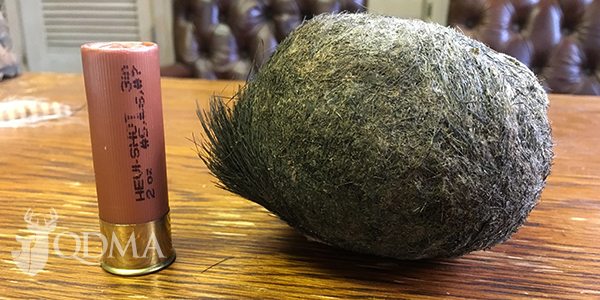
Photo viaDave Edwards of QDMA Jody Smith, a hunting guide for Dave Edwards found this hairball in the woods near a wetland at Cabin Bluff.
When working with nature, you will find stuff that will raise the question, "what did this?" or "how did this get here?" This was one of those instances for Edwards and his team.
Knowing that wild pigs ate the carcasses of other pigs, and the abundant numbers of the species in the area, Edwards decided that was probably the case. He then used the term bezoar: by definition, an indigestible mass that gets trapped in the gastrointestinal system of an animal, usually in the stomach, though it can be found in other locations of the GI tract.
Edwards began to think on it and eventually came to this conclusion.
In this case, I assumed it was produced by a hog, which died, and the hairball remained after decomposition took place - like bones. Satisfied with our answer, Jody took the hairball home as a souvenir to place in his man cave.
But...
Jody was curious what the alligator had been eating, so he partook into a science experiment and dissected the gators stomach. Low and behold, there was another hairball of the exact same type within the gator's stomach. The mystery had been solved.
And quite frankly, it made a lot of sense. The hog population around their area in Georgia is thick. And with the swamps and wetlands, so is the alligator population. And the circle of life will often times find a gator snatching a feral hog for a quick meal.
Dave went on to say:
Knowing the source of the second hairball, I did a little research and found that bezoars are common in crocodilians. The digestive enzymes in an alligator's stomach are particularly strong, and most bones and flesh are rapidly digested. On the other hand, hair and other keratinous substances like hooves and turtle shells are broken down very slowly. Hair sometimes accumulates in balls in the stomach and may later be regurgitated. The one Jody found near the wetland must have been regurgitated by an alligator.
And you might learn something while you are at it. Like what a bezoar is.
An awesome story from QDMA and Dave Edwards.
NEXT: GRAPHIC: You Won't Believe What Kind of Gun Resulted in This Hunting Accident
https://rumble.com/embed/u7gve.v3tro3/
